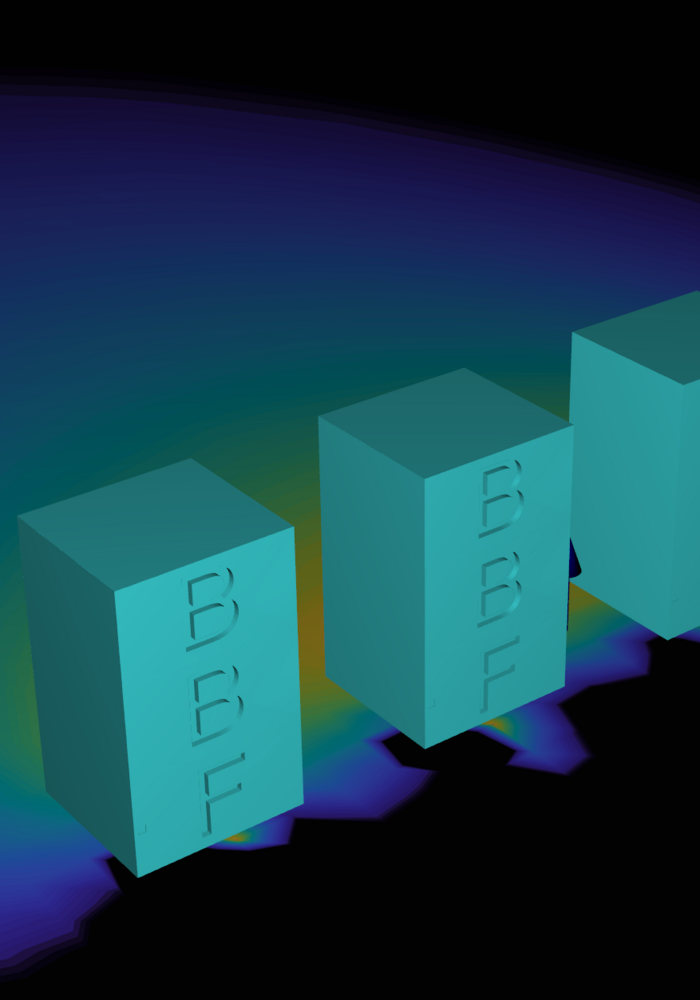Martin Audio has released a major update to its 3D prediction software, which includes a new sub-array tool that has been praised by user trials for its power.
The software, called DISPLAY 3, is designed for both live and installation projects and can work seamlessly with SketchUp for venue modelling. The software includes many of Martin Audio's line array, constant curvature, point source and subwoofer solutions, making it ideal for system design and prediction in a 3D environment.
The latest beta version of the software includes a new sub-array tool that enables quick design of linear arrays of subwoofers.
Traditional techniques have been used to determine the EQ required to approximate and steer far-field beams. The focus of this new version is on speed, using a small set of parameters to simplify the design process.
The software supports two types of sub-array configurations: Broadside Stack and Castellated. Castellated arrays have three preset styles: Bookend, Buttress, and Uniform. The beam width can be adjusted from 1 degree to 180 degrees to help users achieve the desired coverage. While Castellated currently only supports subs with cardioid settings, more options will be added in the future.

